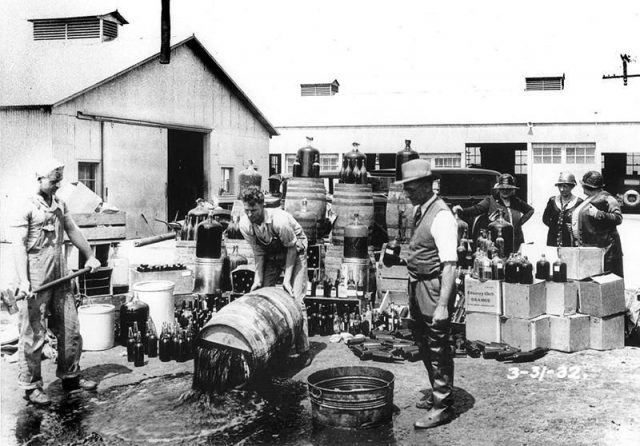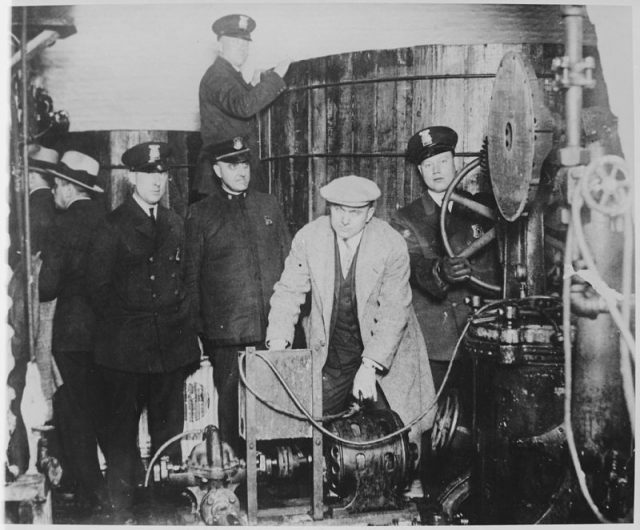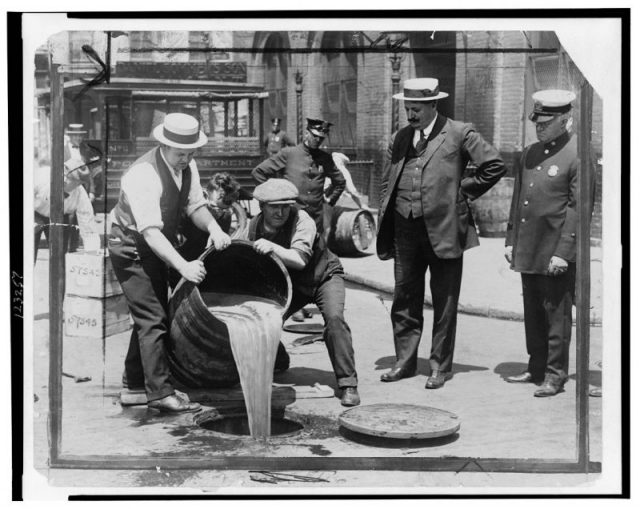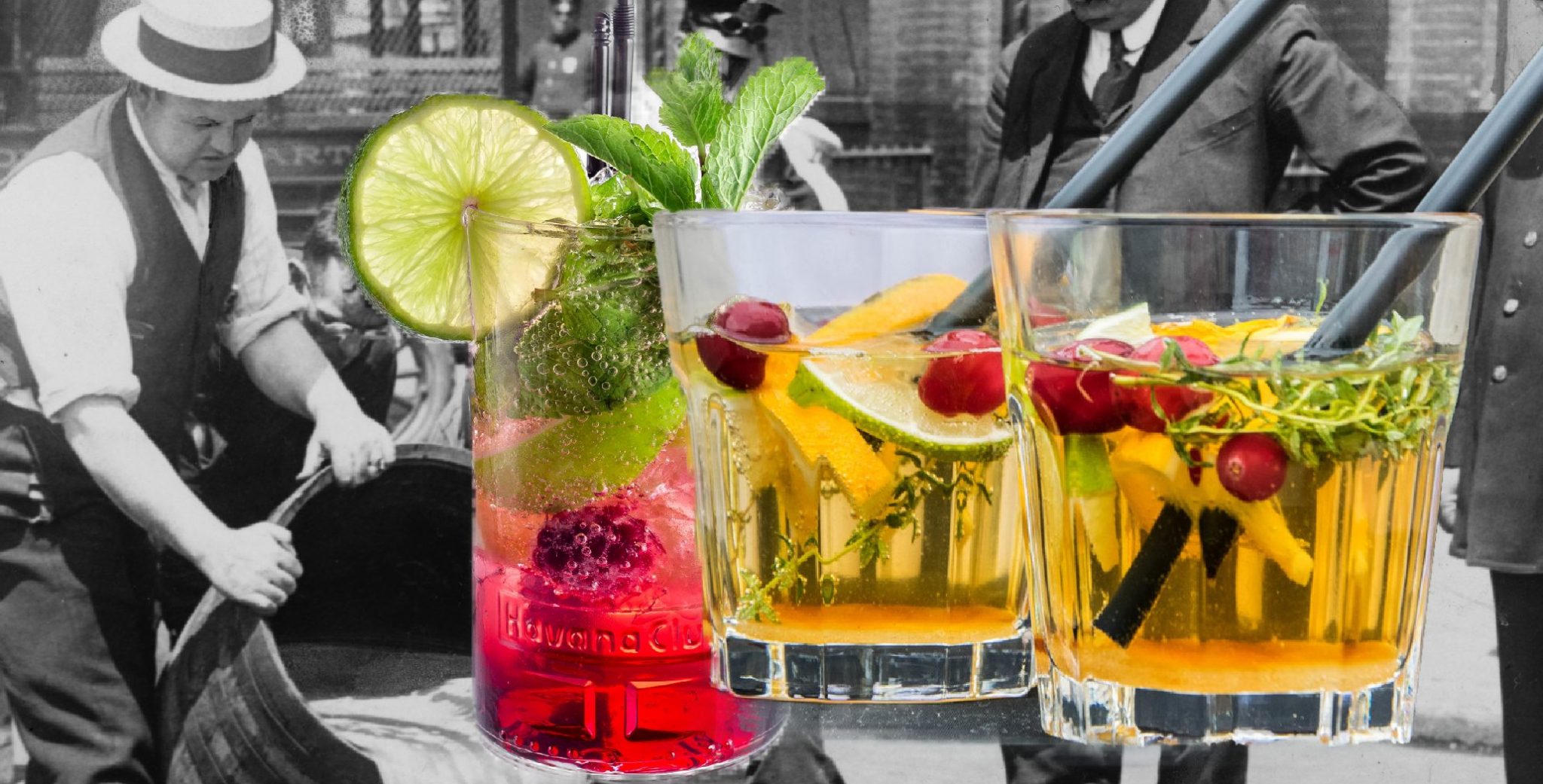The tricks of prohibition went into making one sneaky cocktail. Nowadays craft cocktails are dancing on palettes around the world. But they have some questionable origins!
In the late 80s cocktails made a big comeback. New York became the epicenter of a creative approach to booze. This reportedly kicked off at the Rainbow Room, when the famous venue was reopened in 1988 – the same year Tom Cruise had a box office hit as a bartender in a movie called (what else?) Cocktail.
The new Rainbow Room’s menu of mouth-watering beverages sought to recapture a bygone age. Prohibition recipes were flavor of the month for the first time in years. However the creativity that went into those drinks is tied to that lawless and legless period between 1920 – 1933. A time when criminals, and indeed government, had to use their imaginations.
The results were far from magical. Spirit sales went through the roof, with bootleg bottles fetching top prices. “Gin was one of the most popular beverages of the era,” writes Smithsonian.com, “because it was usually the simplest, cheapest and fastest beverage to produce: Take some alcohol, thin it with water, add glycerin and juniper oil, and voila – gin!”

Wait a minute, glycerin? And what’s juniper oil? Doesn’t sound too tasty. Then again, the point was to get consumers drunk, not deliver an unparalleled taste experience. Good job too, as the flavor of booze (not allowed to contain more than one half of 1% alcohol) was obtained in eye-opening ways.
Prohibition was flouted through black market drink, made in grimy bath tubs and sold over the counter in squirreled-away speakeasies. The legendary 18th Amendment – and the Volstead Act which enforced it – imposed its will on the people, but not all of them played ball.

The US Govt’s National Archives highlight the statewide push and pull, writing “The intensity of the temperance advocates was matched only by the inventiveness of those who wanted to keep drinking. Enforcing Prohibition proved to be extremely difficult… by 1925 in New York City alone there were anywhere from 30,000 to 100,000 speakeasy clubs… The demand for alcohol was outweighing (and out-winning) the demand for sobriety.”
Further complicating things was the fact Prohibition wasn’t laid down with an iron fist. Alcohol was sternly frowned upon, yet for things to work the country needed to agree. People were also free to drink the booze they had at home.

Maryland was identified as a state that wouldn’t take on the burden of enforcement. Even politicians were in revolt over the move. “Neither federal nor local authorities would commit the resources necessary to enforce the Volstead Act,” the site states, adding that “Prohibition made life in America more violent, with open rebellion against the law and organized crime.”
If there was violence on the streets, that was nothing compared to what went on in people’s stomachs. Moonshiners stirring the brew in their illegal stills were passing off such appalling things as mock bourbon and scotch. How were the products appalling? Unbelievably, dead rats were thrown in for the bourbon, and creosote for scotch. What’s typically used to paint a fence was now lining the insides of unsuspecting drinkers across the country.
Then there was the role federal government played in scarring the health of a nation. Because industrial alcohol was a prime target for bootleggers they ordered it to be tainted with chemicals, a process known as “de-naturing”. History.com notes that while authorities had been asking industry to do this since around 1906, “during Prohibition it ordered them to add quinine, methyl alcohol and other toxic chemicals as a further deterrent.” It’s speculated that thousands died as a result of this decision.
Prohibition’s hazardous antics weren’t confined to spirits, though the alternative sounds much healthier. History mentions that “Others produced ‘near beer’—legal brew that contained less than 0.5 percent alcohol”. Brewers managed this by selling “malt syrup, a legally dubious extract that could be easily made into beer by adding water and yeast and allowing time for fermentation.”
Related Article: Prohibition-Era Photos Showing the Tricks and Ingenuity of Bootleggers
Meanwhile those that craved a glass of wine were well catered-for. “Winemakers followed a similar route by selling chunks of grape concentrate called ‘wine bricks.’” On the other hand, if whiskey, gin or similar tipples were what people wanted, then they were biting off more than they could chew (or rather drink)!
Today’s best bartenders are inspired by the flavors of old. Modern classics like the Cosmopolitan – vodka martini + triple sec, cranberry and Cointreau – crafted by Toby Cecchini follow in the boozy footsteps of Prohibition. There aren’t any rats in drinks these days, but without these horrible additions the bar scene would look very different in 2020.
